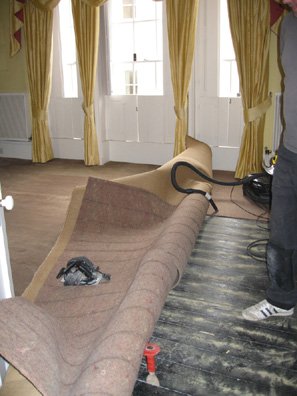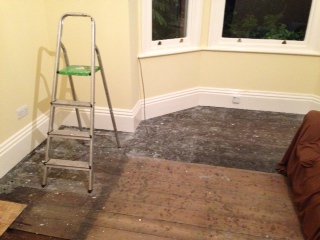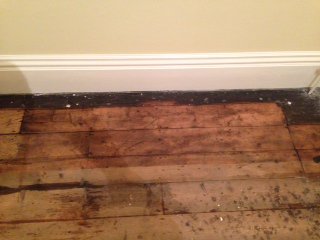Toby Newell
Member
- Messages
- 1,635
- Location
- Surrey
Mmm
Lime said:Toby Newell said:Lime said:Staining is quite different from sealing in my book.
Stain can sink into the wood and alter the colour for good whereas a seal remains on the surface of the wood similar to most paint.
As for proclaiming that Victorians would not allow bare wood to predominate in their houses I can assure you that the majority of floor staining that we see now was done in the 1950s.
Covered but untreated or waxed wooden floorboards was the de rigueur for most rooms before that.
I think that is rather pompous, don't you?Toby Newell said:I have given countless hours to offering advice and writing articles to try and help people in a subject I love, when I see erroneous information being perpetuated I try and correct this as many people on here are deeply interested in doing the 'right' or ethical thing for their property, to be in keeping with, or in sympathy with the historical period of their property and I respect that.

with regard to "stain" I think you are right.plasticpigeon said:I feel that the word stain is often used very ambiguously. It seems that the word wood stain is often used to mean a coloured varnish, or at least at present it does. However I think that what is sold now as a wood dye, (a stain in some kind of solvent but with no body, such as shellac or cellulose for example) from a couple of old books I have was at one time called a wood stain and this in my experience sinks into the wood more than any coloured varnish or shellac/french polish. Could there be a misunderstanding due to semantics? I know that when finishing a musical instrument, a clear sealer coat (of shellac or cellulose or whatever is being used) is applied to the wood before any colour is applied, as using a colour onto bare wood can make the finish uneven as the colour sinks into some parts of the wod more than others......................
Toby Newell said:LadyArowana
Cold chisel. Nice.
Your 'black stuff' looks like it is coming off, very rare, unless your floor had been under water for some period of time it looks like it may not be bituminous or just a very very thin layer, it looks greyish/blue/black where as the period stain would have had more of a very dark brown/black look and been more shiny.
Seeing as the paint seems to go a way into the room this looks more like a more contemporary finish, maybe from the er, 1950's... and should be much easier to remove.


